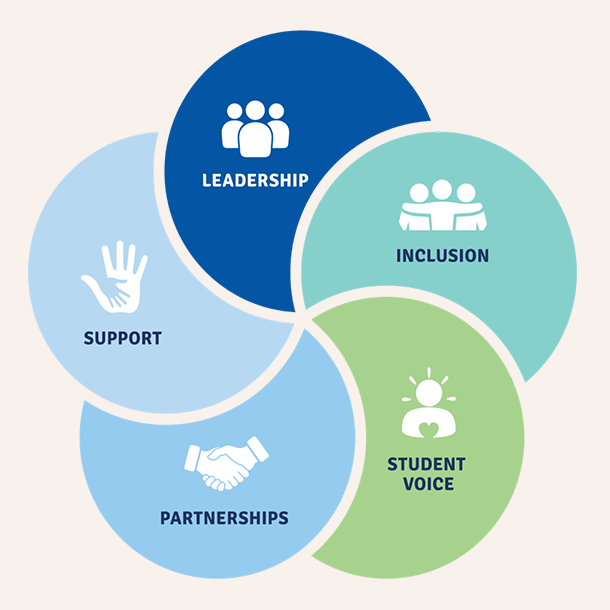Mapping student wellbeing frameworks
The Australian Student Wellbeing Framework is informed by relevant national, state and territory frameworks and initiatives. Find your state or territory framework, other national initiatives and browse international approaches to student wellbeing.
Visit the Independent Schools Council of Australia and the National Catholic Education Commission to learn more about their policies and approaches to student safety and wellbeing.

YOU MIGHT ALSO BE INTERESTED IN
Healthy eating curriculum ideas
The healthy eating advisory service provides healthy eating and nutrition-focused resources.
One Talk at a Time
The 'One Talk at a Time' song teaches children and young people about their bodies’ warning signs, not keeping secrets and talking to trusted adults.
Resilience, Rights and Respectful Relationships
These learning materials have been designed to develop students' social, emotional and positive relationship skills.
Click Against Hate
Click Against Hate is a primary and secondary school program seeking to develop inclusive school cultures by addressing issues of bias, bullying and prejudice.
Smiling Mind: Feeling It
Secondary school can be tough, and 'Feeling It' is here to help! Join host Jazz and hear from real students on topics including friendship, worries and identity."
Let's talk about disability
Learn about what it means to live with disability, how to support people who live with disability, and ways to celebrate our differences.
